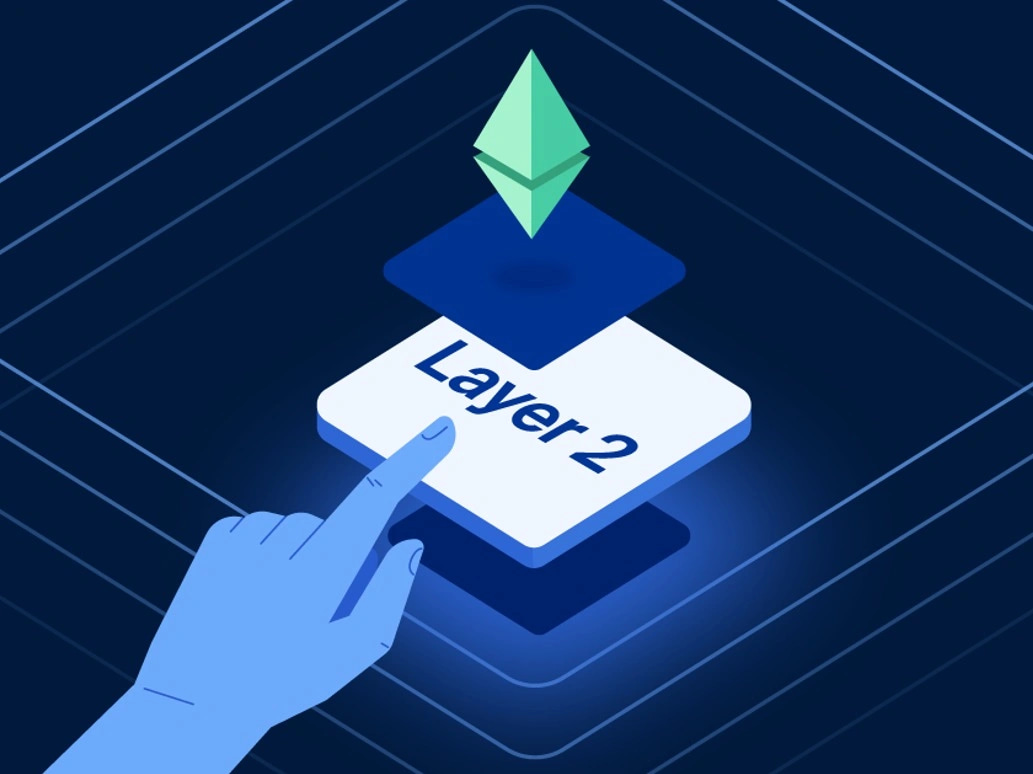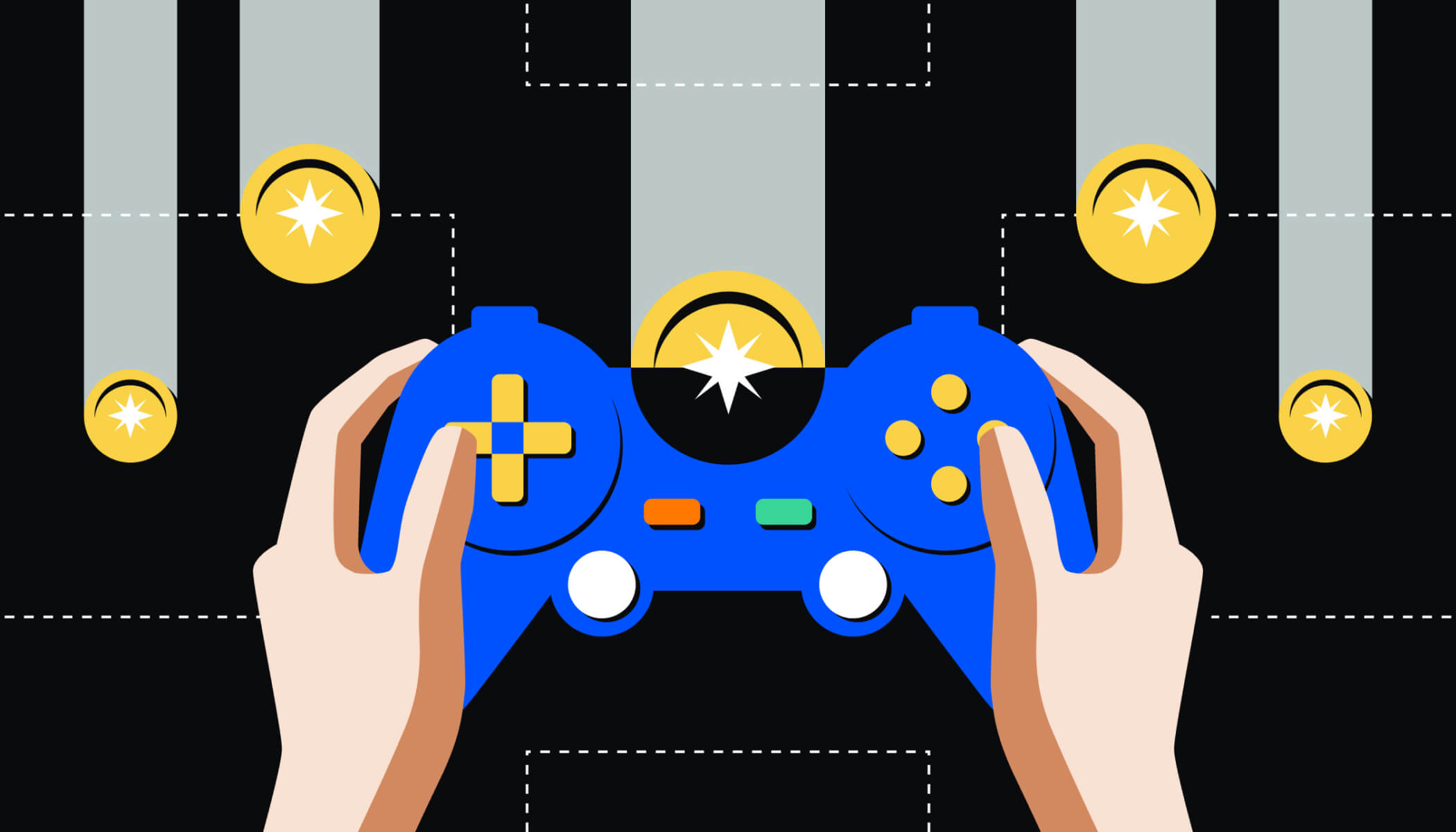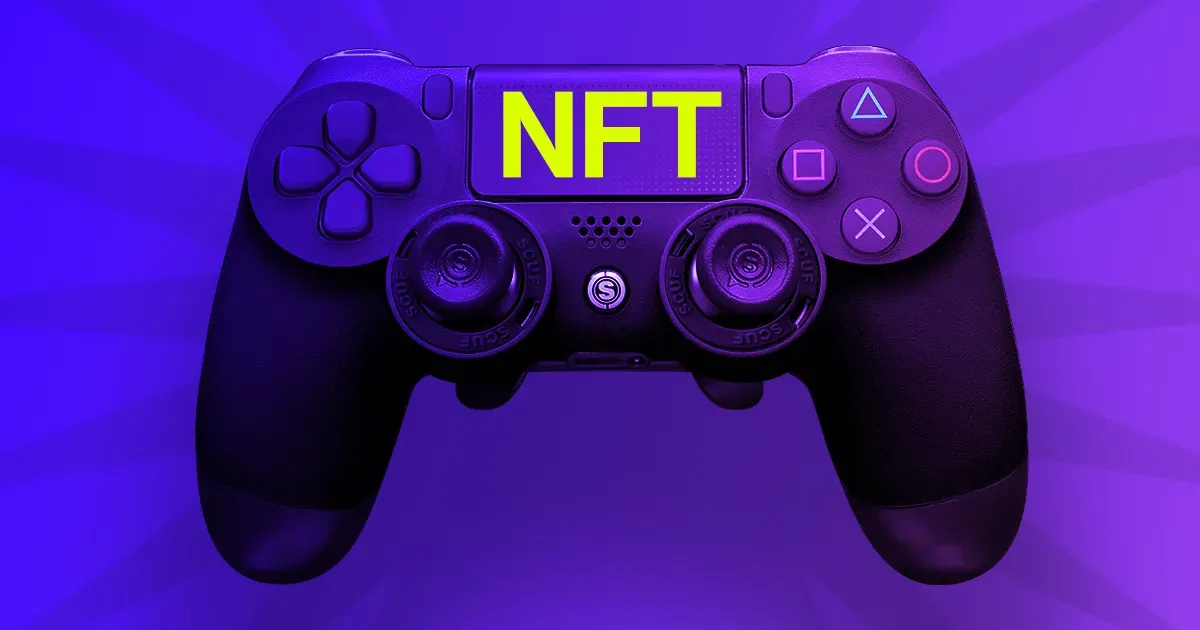Key Takeaways
- Faster and Cheaper: Layer-2 games reduce transaction costs and improve speed compared to mainnet blockchain games.
- Scalability for Growth: They enable large-scale player bases and complex in-game economies without network congestion.
- Enhanced User Experience: Lower fees and faster gameplay make blockchain games more accessible and enjoyable.
Introduction
Blockchain gaming has exploded in popularity, but traditional Layer-1 networks like Ethereum often struggle with high gas fees and slow transaction speeds, limiting mainstream adoption. Layer-2 (L2) solutions are changing that. By operating atop existing blockchains, Layer-2 games provide faster transactions, lower costs, and scalable ecosystems, making blockchain gaming more practical for everyday players. Understanding L2 gaming is essential for developers, investors, and gamers navigating the future of play-to-earn.
What Are Layer-2 Games?
Layer-2 games are blockchain games built on secondary protocols that sit atop Layer-1 blockchains like Ethereum. These protocols, often called L2 scaling solutions, handle transactions off-chain while relying on the main blockchain for security and verification.
Common Layer-2 technologies include:
- Rollups: Bundle multiple transactions off-chain and submit them as a single transaction on Layer-1.
- Sidechains: Independent chains connected to the main network, offering lower fees and faster processing.
By using L2, games can offer real-time gameplay experiences, even for large-scale multiplayer or NFT-intensive ecosystems, without the bottlenecks of the mainnet.
Why Layer-2 Games Matter
- Reduced Transaction Fees – In Layer-1 games, every action like buying, selling, or upgrading assets can incur high gas fees. Layer-2 games cut these costs dramatically, making smaller transactions feasible.
- Faster Gameplay – Transactions settle in seconds rather than minutes, allowing smooth, uninterrupted gaming experiences critical for competitive or real-time P2E games.
- Scalable Economies – L2 solutions support complex in-game economies with hundreds of thousands of users simultaneously, enabling true play-to-earn ecosystems.
By improving accessibility and efficiency, Layer-2 games bridge the gap between blockchain technology and mainstream gaming audiences.
Examples and Real-World Impact
Popular Layer-2 platforms like Polygon, Arbitrum, and Optimism have already enabled major games to thrive with thousands of active users and vibrant NFT markets. These L2 ecosystems allow players to trade assets, earn tokens, and participate in P2E economies with minimal friction.
Developers benefit too, with reduced operational costs, higher user retention, and faster adoption, creating a win-win for the gaming industry.
Conclusion
Layer-2 games are a pivotal evolution in blockchain gaming, addressing the key limitations of Layer-1 networks: speed, cost, and scalability. By enabling seamless gameplay, large-scale economies, and broader access to play-to-earn opportunities, L2 games are shaping the future of the gaming industry. For gamers and investors alike, understanding Layer-2 ecosystems is crucial to navigating the next generation of blockchain-powered entertainment.
Disclaimer: The information in this article is for general purposes only and does not constitute financial advice. The author’s views are personal and may not reflect the views of GameDegen.com. Before making any investment decisions, you should always conduct your own research. GameDegen.com is not responsible for any financial losses.



